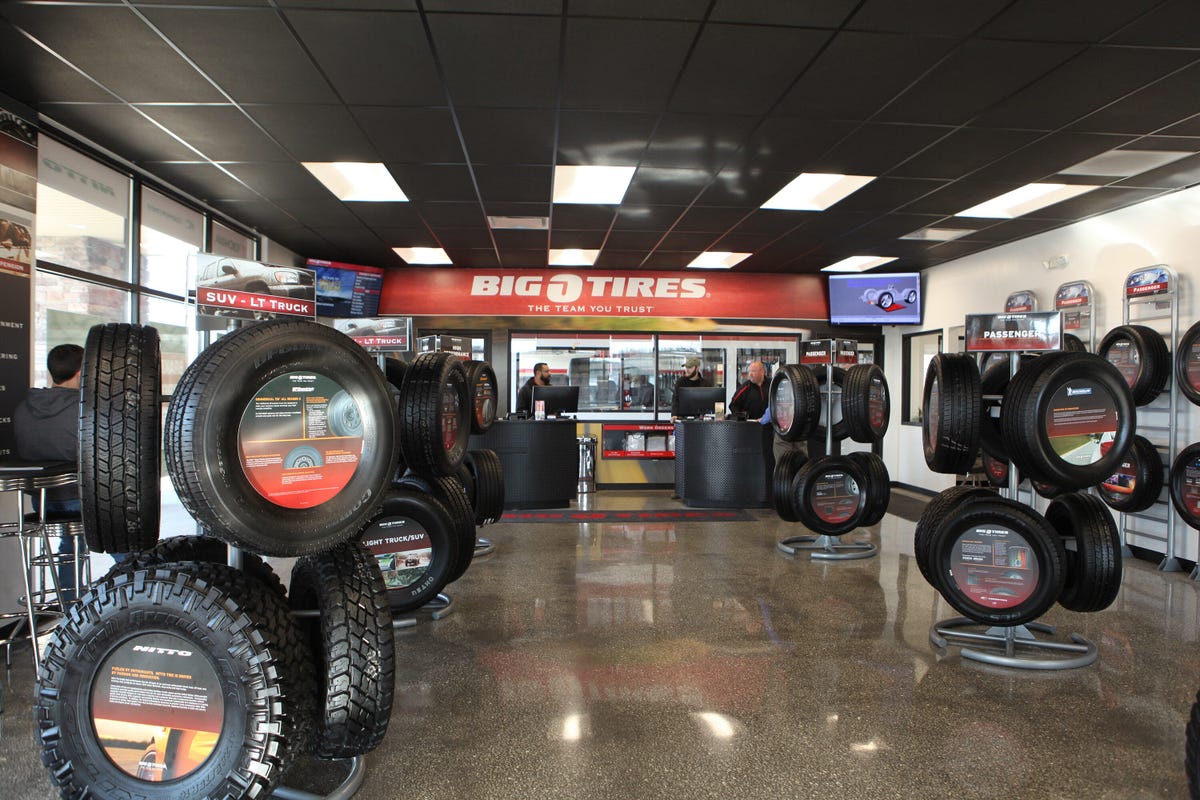Tire Solution: Understanding Tire Pressure Surveillance Equipments
Comprehending Tire Stress Monitoring Solutions (TPMS) is a vital aspect of maintaining ideal lorry performance and safety on the roadway. With innovations in automotive innovation, TPMS has become a standard function in modern cars, providing real-time info on tire stress degrees.

Value of TPMS
The significance of Tire Stress Tracking Systems (TPMS) exists in their ability to improve vehicle safety and security and efficiency through real-time monitoring of tire pressure degrees. Maintaining the appropriate tire pressure is critical for making certain optimum handling, braking, and general safety of a car. TPMS provides chauffeurs with instant responses on any kind of underinflated or overinflated tires, enabling prompt adjustments to be made.
Elements of TPMS
Sensors are generally situated in the tire valve stem or affixed to the wheel setting up, where they determine tire stress and transmit data to the control module. Some advanced TPMS designs likewise show the actual tire pressure analyses for each tire, providing motorists with real-time details to make certain optimal tire efficiency and safety. By keeping an eye on tire stress continuously, TPMS aids avoid mishaps, lowers tire wear, and improves fuel efficiency, making it a crucial part for automobile safety and performance. tire shop morris.
Kinds Of TPMS

On the other hand, indirect TPMS counts on the automobile's wheel rate sensors to keep an eye on tire stress. This system finds underinflation by comparing the rotational speeds of the wheels. Indirect TPMS is less expensive than straight TPMS, as it makes use of existing sensing units within the automobile.
While straight TPMS supplies extra precise readings, indirect TPMS is easier in design and normally calls for much less upkeep. Both systems have their benefits and limitations, and the choice between them usually depends upon aspects such as price, lorry make, and personal preference. Recognizing the differences between these two sorts of TPMS can assist vehicle proprietors make informed choices concerning tire upkeep and safety and security.
TPMS Maintenance Tips
Conduct regular checks on the tire stress degrees and contrast visit here them with the TPMS analyses to ensure they are constant. Throughout tire turning or substitute, make sure that the TPMS components are taken care of visit our website thoroughly to avoid any possible damages. If the TPMS alerting light brightens on the dashboard, deal with the issue without delay by checking the tire pressures and the overall system for any kind of faults.
Benefits of Proper Tire Stress
Preserving proper tire stress, as stressed in TPMS Upkeep Tips, is vital for reaping the many benefits related to optimum tire stress degrees. Among the primary advantages of maintaining the proper tire pressure is enhanced fuel efficiency. When tires are effectively pumped up, there is much less moving resistance, causing better gas economic climate. Furthermore, proper tire pressure guarantees even tire wear, expanding the life expectancy of the tires and promoting more secure driving problems. With the appropriate tire pressure, cars likewise have far better handling and traction, specifically in adverse weather condition problems. This can boost total driving efficiency and security for the motorist and travelers. Additionally, preserving ideal tire stress can add to a smoother and more comfortable trip by decreasing vibrations and noise triggered by underinflated tires. In conclusion, the benefits of correct tire pressure go beyond simply tire longevity; they incorporate improved fuel performance, boosted security, better vehicle efficiency, and overall driving convenience.
Verdict
Finally, understanding tire pressure monitoring systems (TPMS) is vital for preserving optimal tire stress and ensuring automobile safety. By recognizing the relevance of TPMS, knowing with its components, understanding the various types readily available, sticking to proper maintenance pointers, and understanding the directory benefits of preserving proper tire stress, vehicle drivers can improve their driving experience and lengthen the lifespan of their tires. Proper tire pressure is vital to safe and effective lorry procedure.
